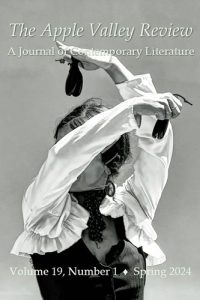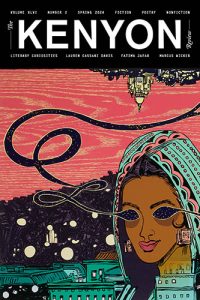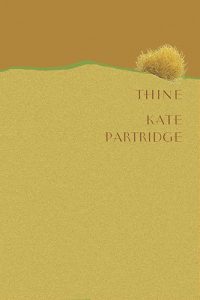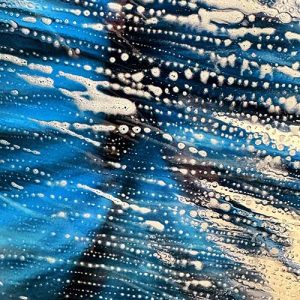The Wallace Stevens Journal – Spring 2012
Volume 36 Number 1
Spring 2012
Biannual
Tanya Angell Allen
In the poem “A Figure Half Seen,” published in the latest issue of The Wallace Stevens Journal, Dennis Barone writes that, when Wallace Stevens left an exhibition of the work of the artist Jean Arp,
In the poem “A Figure Half Seen,” published in the latest issue of The Wallace Stevens Journal, Dennis Barone writes that, when Wallace Stevens left an exhibition of the work of the artist Jean Arp,
A Southern cheese—sharp and
Strong, un-tasted (not Brie),
Brought him back to the things of
This world . . .
The Wallace Stevens Journal is the type of publication that goes well with cheese, and although the current issue is based on “Stevens and the Everyday,” it’s still a highly academic journal that uses phrases such as, “Analysis of routine or habitual practices, and their attendant objects, discourses, and institutions, can disclose the ideological underpinnings of even the most innocuous phenomena, adding up to a vast illusion whereby an historically contingent social formation passes itself off as natural and inevitable.”
Cheddar, please. Or perhaps one from Stevens’s home state of Connecticut, like the Italian-style Pleasant Sun cheese.
Cheese-eating, non-academic, everyday-lovers of Stevens’s poetry will enjoy the magazine as its papers draw light to new aspects of his work. The quote above, for instance, was taken from Benjamin Madden’s “What’s So Ordinary about Stevens’s ‘The Ordinary Women’?” Madden argues that the poem should be given as much attention as “The Snow Man” and “The Emperor of Ice Cream,” including discussion about early developments in cinema that influenced the piece.
In other essays, Andrew Epstein compares Stevens’s work to that of Francis Ponge—a French poet with whom he’s seldom aligned, even though Stevens once recommended Ponge, Randall Jarrell, and Rene Char to Korean poet Peter Lee. Charles Altieri focuses on Wittgenstein and Stevens’s book The Rock. Siobhan Phillips also explores the influence of Stevens on James Schuyler, Frank O’Hara, and John Ashbery.
Many admirers of Stevens’s poetry will probably be most interested in the section of poems about and in the style of Stevens. Of particular note are James Valvis’s collections of “Last Lines from Wallace Stevens” (“In any book / the only emperor is the emperor of ice cream, / of flesh and air”) and Clarke Otter’s “On Her Way to Heaven in 1913, Harriet Tubman Stops in New York City to Visit Wallace Stevens.”
“The Interview, 1958” by Ronald Moran, is also memorable. The poem’s narrator asks a frat-boy-like insurance man whether he knew Stevens. “You know he wrote poetry?” The man responds “Hell no? / You sure Wally wrote poetry? I’ll be damned.”
It’s a good reminder that although many people loved Stevens for his poetry, he was also loved for being a fine businessperson and a good, everyday man. Bart Eeckhout and Rachel Galvin write in the introduction that this was their very aim, “to pluralize this conversation by offering a range of ways to think about Stevens and the everyday.”
[www.wallacestevens.com]




